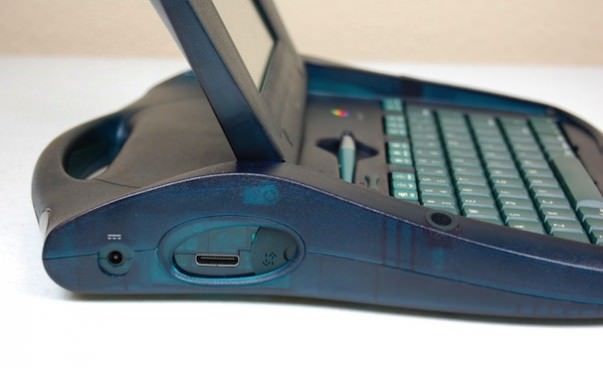

A USB to serial adapter is all it takes to make the eMate work with the latest Apple hardware. Being an eMate owner myself and having a vacant Mac-style serial port on my dual-port Keyspan USB-to-serial adapter, I felt I must get this going as well. For those looking for a small, portable, rugged, word processor with exceptional battery life, the eMate 300 remains the way to go. eMate 300 Ryan Schult/Wikipedia Before the iMac, Apple used translucent parts on products like the Power Macintosh 86, but the eMate 300 was the first Apple device that went. In researching the project, I ran across a story of a user who had put an Apple Newton eMate 300 to similar duty on his Sun box.

Thats why Apple never released its own WiFi card for Newton. Though several years old now, the eMate 300 remains as useful as ever and has yet to be replaced by a comparable product. WiFi wireless did not exist when Newton was on the market. As a result of Steve Jobs' desire to bring focus to Apple, the entire Newton division got the axe, which is truly regrettable, as the Newtons were just finally getting really good. The eMate 300 had the great misfortune of being born during Apple's greatest financial difficulties. NewtonOS 2.1 (that's the one with the handwriting recognition that actually works), the standard Newton address book and calendar, and NewtonWorks: a word processor, drawing program, spreadsheet, and graphing calculator are included and even burnt into ROM, so you needn't worry in the least about deleting them. The eMate 300 shipped with a 25 MHz ARM 710a RISC processor, 3 MB RAM and 8 MB ROM. But who doesn't want their computers to be cool looking and rugged? Apple, with all its marketing brilliance of the period, decided to limit sales to the educational market. What educators wanted was cool looking, rugged computers. Thinking they were building the ideal educational laptop, the Newton team actually ended up building the ideal laptop, period. The eMate 300 was the first and only Newton designed in notebook form.


 0 kommentar(er)
0 kommentar(er)
